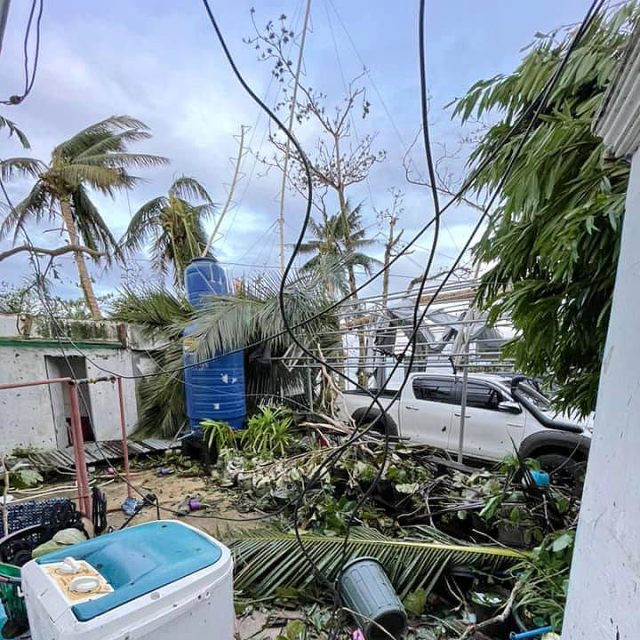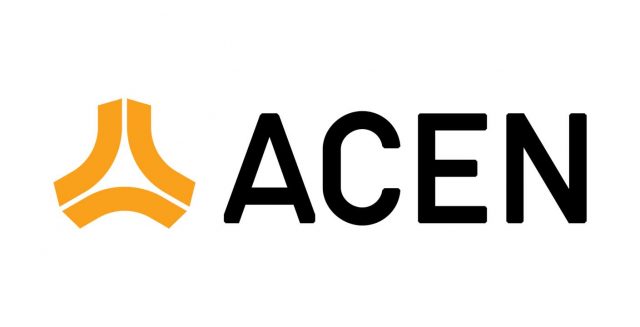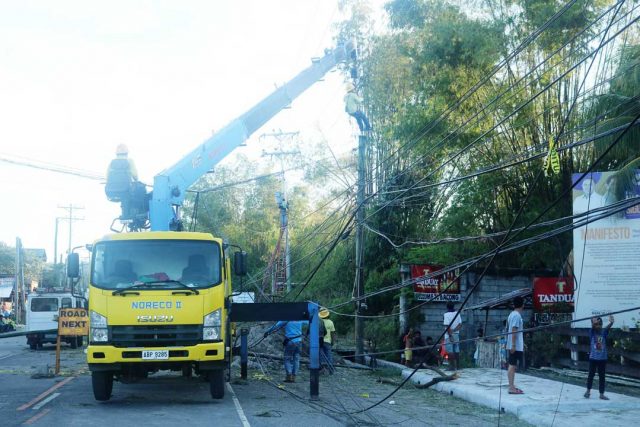The Po family continues to beef up its portfolio with the acquisition of popular brands Ligo Sardines and french fry purveyor Potato Corner.
Shakey’s Pizza Asia Ventures, Inc told the stock exchange on Friday that it is acquiring food kiosk operator Potato Corner, which is owned and founded by Jose P. Magsaysay, Jr. Potato
Century Pacific Food, Inc. (CNPF) in separate disclosure said it plans to buy the assets and intellectual property of sardine brand Ligo, which is distributed by Tung family’s A. Tung Chingco Manufacturing Corp.
Both firms did not disclose the price of their respective deals, saying an announcement will be made “at a later date.”
Shakey’s said it has signed an asset purchase agreement for the assets and intellectual property of Potato Corner, a popular chain of kiosks that sell flavored french fries.
Under the deal, Shakey’s said it will also own and operate all company-owned Potato Corner stores, without disclosing the exact number.
Founded by Mr. Magsaysay in 1992, Potato Corner has grown its store network of over 1,000 outlets here and abroad. Potato Corner kiosks currently operate in 10 countries.
“Potato Corner is a bankable addition to PIZZA’s roster of ‘wow’ brands…This is an accretive acquisition. Nonetheless, we will pursue maximizing synergies and wielding our expertise in business development, franchise management, and supply chain operations to further grow the brand sustainably,” Shakey’s President and Chief Executive Officer Vicente L. Gregorio said.
The acquisition of Potato Corner is aligned with Shakey’s “reopening play” next year, as the economy is expected to rebound from the pandemic.
“In addition, Potato Corner will allow us to cultivate entrepreneurship as one of our advocacies. Potato Corner has over 600 MSME (micro, small, and medium enterprises franchisees,” said Christopher T. Po, chairman at Shakey’s.
“We intend to work closely with them towards making their business successful. As we grow Potato Corner’s business, the more we promote entrepreneurship,” Mr. Po said.
Shakey’s has been ramping up its store expansion efforts, opening more Shakey’s Pizza branches outside of Metro Manila and a fourth international Shakey’s Pizza store in Dubai.
Peri-Peri Charcoal Chicken & Sauce Bar also recently launched its 50th store, milk tea brand R&B opened its first independent outlet, while a new Project Pie store in Shopwise Makati was also launched in a tie-up with the Gokongwei Group.
“We started with Shakey’s Pizza, then added Peri-Peri and R&B. Now, we will have Potato Corner in our roster. 2022 is bound to be an exciting reopening year,” Mr. Gregorio said.
As of November, the company opened its 310th outlet in Sorsogon City, which also happens to be the 31st store that Shakey’s opened this year.
CNPF BUYS LIGO
Manwhile, CNPF’s acquisition of Ligo will boost its marine product portfolio, which already includes Century Tuna, 555, Blue Bay, and Fresca.
“Ligo is a leading brand in the sardine category. Ligo will be highly synergistic with the rest of our shelf stable marine products,” Mr. Po, who is also CNPF executive chairman, said.
A. Tung Chingco has distributed and manufactured Ligo products of California-based Liberty Gold Fruit Co.
“This will be an accretive, bolt on acquisition. We foresee synergies in selling and distribution, supply chain, and marketing. Moreover, this acquisition is very aligned with our mission to provide affordable nutrition to our consumers,” Mr. Po said.
CNPF has launched new brands and acquired new firms since the beginning of the year. The company also bought Pacific Meat Company, Inc., which is said to be “an emerging player in the large refrigerated food category.”
It also launched new brands to enter new segments, such as plant-based meat alternative “unMEAT,” pet food “Goodest,” and dairy chocolate malt brand “Choco Hero.”
Shares of CNPF jumped 1.89% or 50 centavos on Friday to close at P26.90 apiece, while Shakey’s stocks surged 8.90% or 85 centavos to finish at P10.40 each. — Keren Concepcion G. Valmonte












